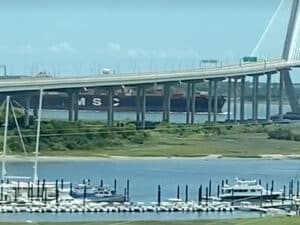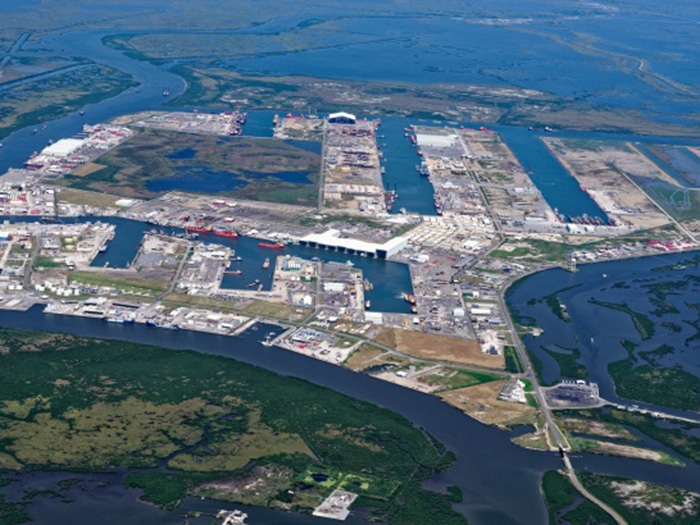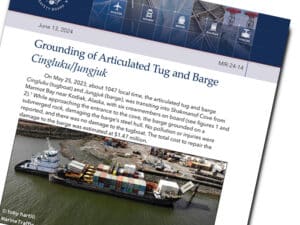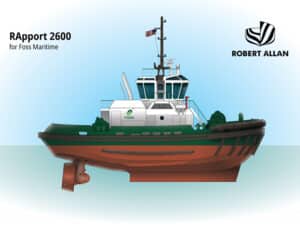
Port Fourchon in emissions-monitoring first
Written by Nick Blenkey
Aerial view of Port Fourchon
Port Fourchon, La., the land base for multiple offshore energy support service companies, is set to become the the first port in the world to have a precise 360-degree view of its emissions. The Greater Lafourche Port Commission (GLPC) has partnered with Reston, Va., based SailPlan to deploy its emissions measurement technology throughout Port Fourchon.
SailPlan’s platform—cloud API, dashboard, and mobile apps—synchs with emissions monitors to show real-time CO2, CH4, NOx, SO2, H20, and PM level. The use of monitors means that the system is based on measurements, not estimates.
One vessel operator using SailPlan is Shane Guidry’s Harvey Gulf International Marine. Back in January it reported that it had already seen quantifiable emissions reductions beginning with the Harvey Power, a 310-foot trifuel platform supply vessel designed to operate on LNG, electric battery power, and ultra-low sulfur diesel. SailPlan is helping Harvey Gulf benchmark its emissions in all three operating modes using real-world data while optimizing engine load to reduce fuel consumption and reduce emissions.
SAILPLAN FOR PORTS
While operators can use SailPlan to reduce emissions, ports and terminals can use the technology to identify emission sources and deal with them.
“We’re really excited to partner with SailPlan to get a full view of the port’s emissions footprint using their innovative technology,” said GLPC Executive Director Chett Chiasson. “With SailPlan’s precise measurements, data monitoring, and advanced platform, we’ve been able to understand the port’s emissions levels and locations in real-time and we’re working to do our part to curb those emissions. In all honesty, many of our tenants and users have already demonstrated a desire to work hard in this sector having implemented changes such as shore power initiatives and cleaner burning fueled vessels that reflect a more environmentally-conscious approach to how they operate their companies.”
Following the rollout of the technology, SailPlan precisely measured the port’s direct and indirect emissions and air quality data in real-time.
“Accurate emissions data is such an important aspect of understanding how to optimize maritime infrastructure,” said Jacob Ruytenbeek, SailPlan’s founder and CEO. “Port Fourchon is an example for other ports around the globe that are seeking to understand exactly where their emissions are coming from. Our technology empowers ports and terminals to take steps to reduce their emissions.”
Fortunately, says GLPC, the port’s air quality is quite good, a fact that can only be learned through actual measurements. In the rare instances when air quality departed from the baseline, SailPlan sent alerts to the port and the port was able to use SailPlan’s technology to pinpoint the sources causing the changes in air quality. Armed with this information, the Port understands and can take steps to mitigate these emissions by upgrading its vessels to include shore power and focusing its decarbonization strategy on specific areas of concern.
The port plans to expand its partnership with SailPlan, adding more sensors to monitor the emissions of the full port, exposure of port emissions to nearby residents in the community, and emissions from terminal to terminal. In instances of unhealthy air quality, the port will receive alerts and recommendations for immediate action to improve the air quality, benefitting nearby communities.




